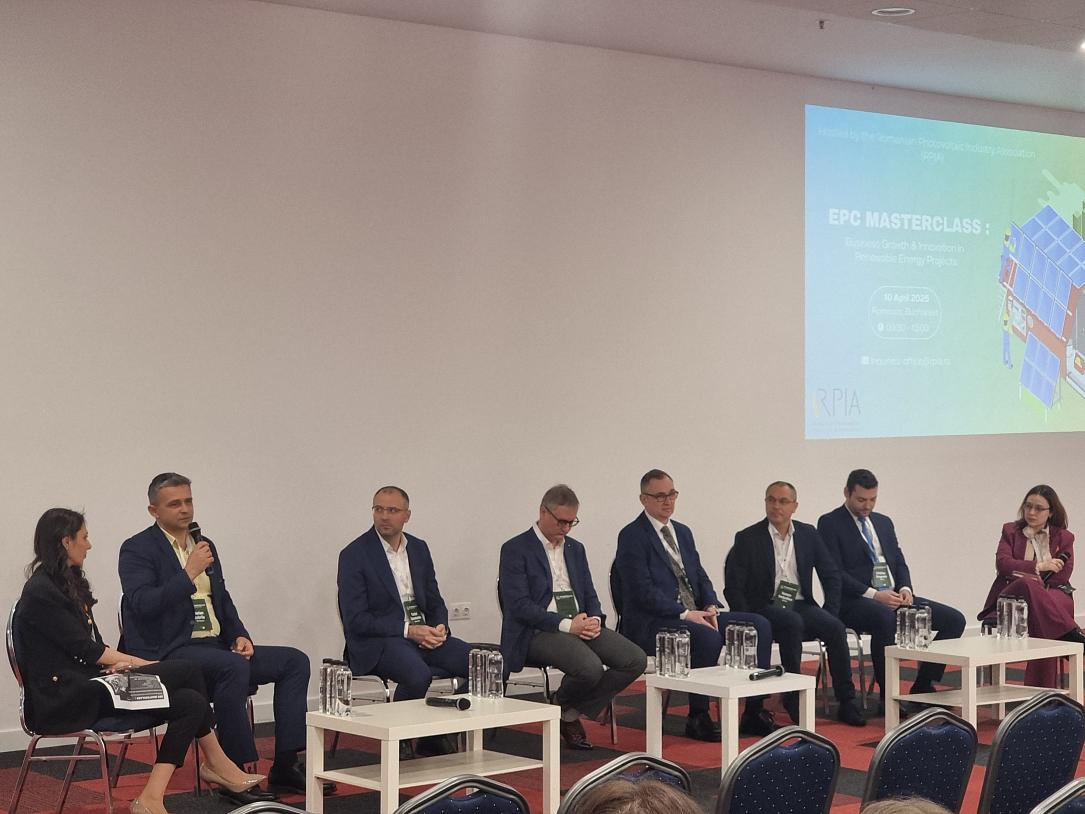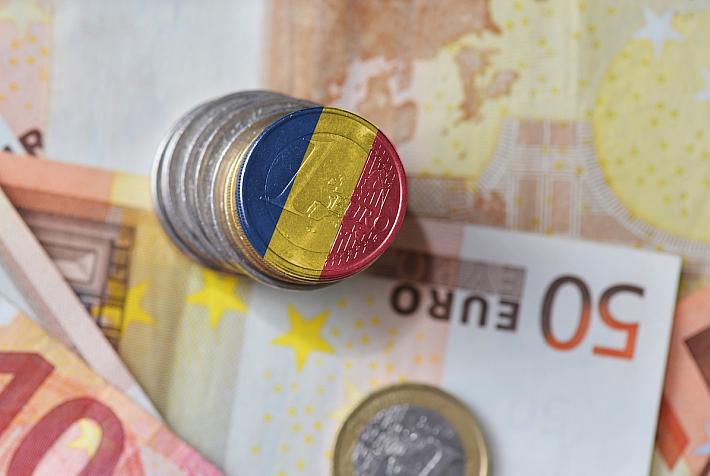EPCs in Romania’s renewables sector bracing for grid capacity allocation in 2026, experts say

Regulators, investors, grid operators and EPC (Energy, Procurement, Construction) contractors in Romania’s renewable energy sector, particularly in the photovoltaic market, are readying for new risks and grid capacity allocation changes in 2026. EPCs are especially gearing to tackle what has been a rapidly growing sector.
Brought together by the Romanian Photovoltaic Industry Association, representatives of large state companies such as Transelectrica and small-sized EPCs, along with financiers and investors, discussed recent trends in the sector.
According to Costel Constantin, a representative of state-owned grid operator Transelectrica, Romania currently has over 2,400 MW in rooftop solar panel capacity and more than 400 MW in unlicensed photovoltaic power plants. While photovoltaic energy accounts for 5-6% of Romania’s total energy consumption, projections indicate that this figure will rise to 10% in the coming years.
“We do not envision additional taxes for using the grid, like in France, but we will have a capacity allocation for connecting to the grid, depending on the area,” he said during a panel. News of allocations first broke in the summer of 2024 when Transelectrica struggled to integrate more and more prosumers into the grid.
The changes and upcoming challenges were debated at the EPC Masterclass: Business Growth & Innovation in Renewable Energy Projects, a workshop dedicated to the EPC sector, taking place as part of Green Energy Expo & Romenvirotec (April 9–11) at Romexpo, Bucharest.
From the part of financiers, Cătălin Cepișcă, Senior Director at Raiffeisen Bank, noted that two trends developed on the solar energy market in Romania. The first involves EPC contractors developing turnkey projects for investors. “If we will be financing the plant itself, we will prefer this type of turnkey agreement. That is a classical financing agreement you will find all over the world for multiple sectors. This is a way of doing greenfield investments,” he said.
The second approach sees large energy producers in Romania and abroad opting to split procurement and construction responsibilities. In these cases, the bank representative said, EPCs must have the experience to oversee the design and execution, mitigating any risks associated with delayed or incomplete projects. Early contact with banks is also important, as they have developed in-house expertise to become involved in the design phase as well.
Cepișcă also mentioned the need for a larger pool of EPC contractors with international experience. “What we would encourage everyone, even if we start financing from the ready-to-build phase, is that we discuss the project from the design phase, so we understand what is going to happen and have the chance to advise on it. There is enough knowledge on our side now as well,” he said.
Meanwhile, Kamen Nedyalkov, a representative of EPC SolarPRO, argued that commissioning photovoltaic plants still involves substantial documentation. “What I see is that Transelectrica is trying to do their best. The market is exploding, and registering these plants and energizing them will involve a lot of documenting. If you don't have enough manpower internally to deal with this documentation, this can cause delays. This is an area that needs improvement. This is not only in Romania, it is a problem everywhere,” he argued.
Romania’s renewables sector accounted for 11.721 GW or 63% of the country's total installed capacity of 18.6 GW in 2024. While hydropower dominated, solar energy was the fastest-growing source, thanks to the prosumers, who reached 2.4 GW of installed capacity. Solar is set to overtake all other energy sources, projected to reach 8.2 GW by 2030 and 33.3 GW by 2050, according to the SeeNext “Energy in Southeast Europe” 2025 report.
On the consumption side, renewable energy made up 47.4% of electricity use in 2023, as per Eurostat, with a target of 57.8% by 2030. Despite immense growth and potential in the renewables sector, the lack of battery storage facilities leads to grid congestion. To this end, Transelectrica has earmarked RON 9.5 billion (nearly EUR 2 billion) for grid modernization and expansion.
(Photo source: Romania Insider)












